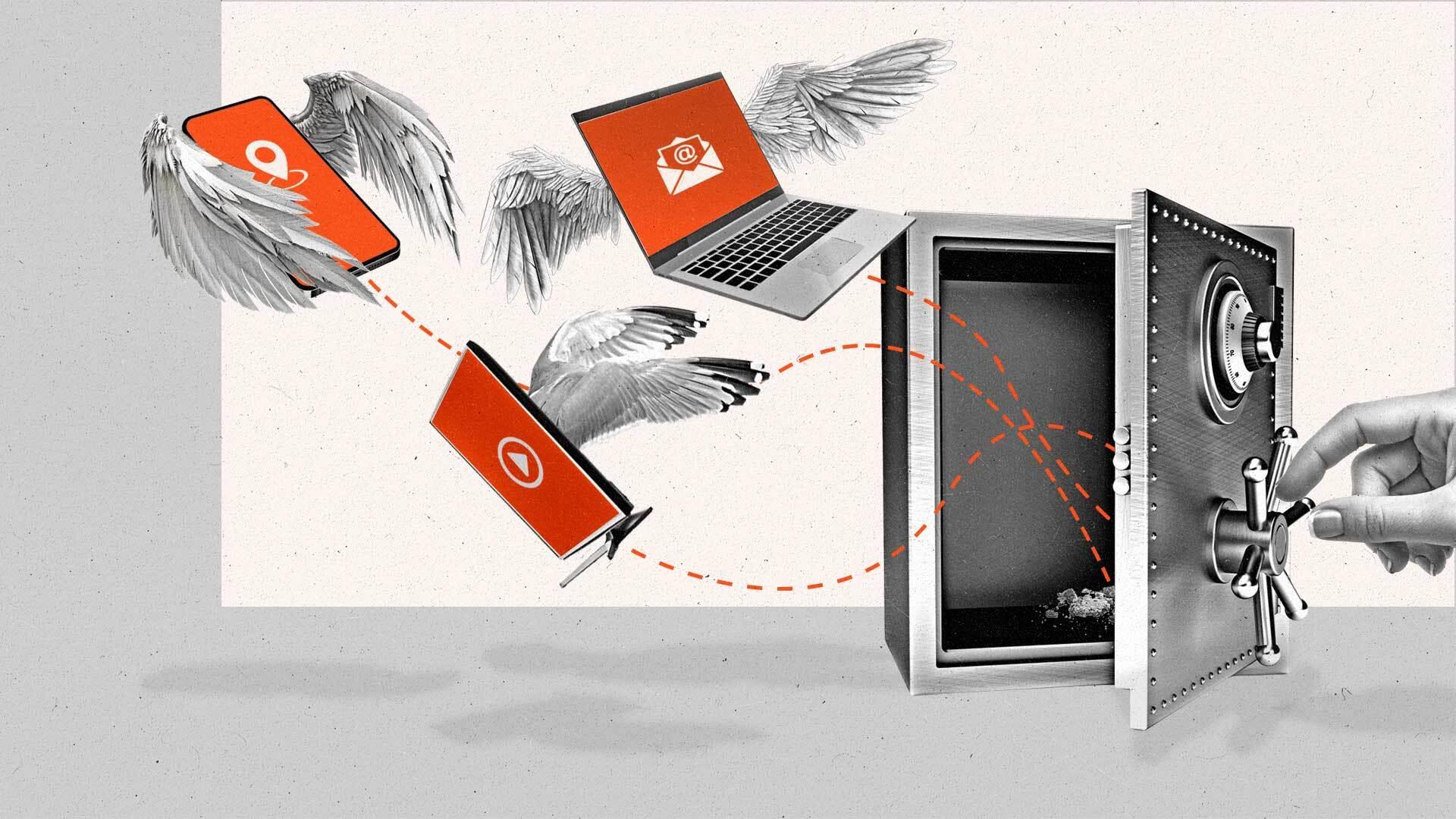Why Google’s PAIR falls short as an identity solution for the ad industry

With its recent PAIR announcement, Google offered up a “new solution” for advertisers and publishers “to reconcile their first-party data for audiences who have visited both an advertiser’s and a publisher’s site.” It’s an about-face for Google, which had declared that it wouldn’t support alternative identifiers, including email-based identifiers, a year after the company said it would phase out third-party cookies from its Chrome browser.
With the internet already shifting to a logged-in, authenticated model largely based on email, Google had to pivot. And PAIR — Publisher Advertiser Identity Reconciliation — aspires to provide that exchange of first-party data, but not in a way that advantages advertisers, consumers, or publishers.
So how did Google get here? Why is Google suddenly supporting an identity approach they had previously dismissed? And how does PAIR stack up with other open-internet innovations that have moved forward apace in the meantime?
In order to understand Google’s rapid about-face, it’s worth noting how advertisers are thinking about the value exchange of free content for relevant advertising as the internet evolves. Most advertisers are simply looking to find more customers who look a lot like their most loyal customers. And they know a lot about those most loyal customers, as a result of trusted relationships often developed over decades through initiatives such as loyalty and rewards programs. Most of those relationships are based on email addresses.
Advertisers are also looking at the rapid evolution of digital advertising, including channels such as connected TV (CTV) and mobile — where no cookies are present, but email logins are almost ubiquitous. As advertisers see it, we are rapidly moving to an opt-in, authenticated internet, where the consumer gets more control, and where advertisers can provide a more pleasant, relevant ad experience across all channels. With more consent-based relevance, for example, advertisers hope they can serve fewer ads and still fund the amazing content consumers have come to expect, including this new golden age of television.
In this context, though, advertiser first-party data becomes even more valuable. If an advertiser knows several common characteristics about their most loyal consumers, they can look for other consumers who might share those characteristics. This kind of modeling requires the safe exchange of first-party data between advertisers and publishers.
Google’s reverse, therefore, is somewhat inevitable. But it falls short of the solution that the advertising industry needs. While enabling the exchange of first-party data via PAIR, Google shifts the actual data exchange to its clean room partners. Google, however, will remain in control of the reporting and measurement process back to advertisers. They will only report on a ratio of actual matches, providing no objective measurement, no omnichannel management optimization, and no frequency management capabilities. The advertiser doesn’t get the insight they need to optimize every campaign dollar, and the consumer experience is degraded, as advertisers won’t have the ability to control messaging and frequency across channels. And publishers won’t be able to maximize revenue if they can’t tell an advertiser which consumers among their targets are visiting their site compared to the ones who may have in the past.
As such, PAIR may represent a toe in the water. This was a 180-degree pivot, after all. But in the time it’s taken Google to move, the industry has already carried on.
That’s because, as brands look to do more with less, the ability to execute a holistic, omnichannel strategy for media buying and measurement with first- and third-party data has never been so important. The industry has pioneered new approaches to identity that recognize evolving advertiser requirements, the need for more consumer control, and the changing nature of an opt-in internet. Initiatives such as Unified ID 2.0 (UID2) give publishers and advertisers flexibility and control of their data and how they activate it. The interoperability of UID2 as an email- and phone number-based ID means advertisers can work — in concert with other solutions across multiple partners — to execute omnichannel targeting and holistic measurement with efficiency across the open internet.
Publishers and advertisers can connect the personalization, addressability, frequency management, and performance of media to campaigns, allowing advertisers to optimize in real time based on campaign performance. With this integrated approach, advertisers can manage ad frequency within and across campaigns, channels, and devices (including CTV) — reducing wasted impressions and maximizing the value of their media spend.
As predictable as Google’s embrace of email-based identifiers may be, their PAIR initiative seeks to preserve their position in the digital advertising ecosystem with little added transparency or value for advertisers or publishers. On the other hand, open-internet leaders are working together to pioneer a new approach to internet identity that works across the entire digital advertising ecosystem, not just within the confines of one walled garden. In doing so, these leaders will enable advertisers to continue fueling the content we all enjoy today and help publishers maximize revenue while serving fewer, more relevant ads and improving consumer privacy.
This op-ed represents the views and opinions of the author and not of The Current, a division of The Trade Desk, or The Trade Desk. The appearance of the op-ed on The Current does not constitute an endorsement by The Current or The Trade Desk.
Subscribe to The Current
Subscribe to The Current newsletter